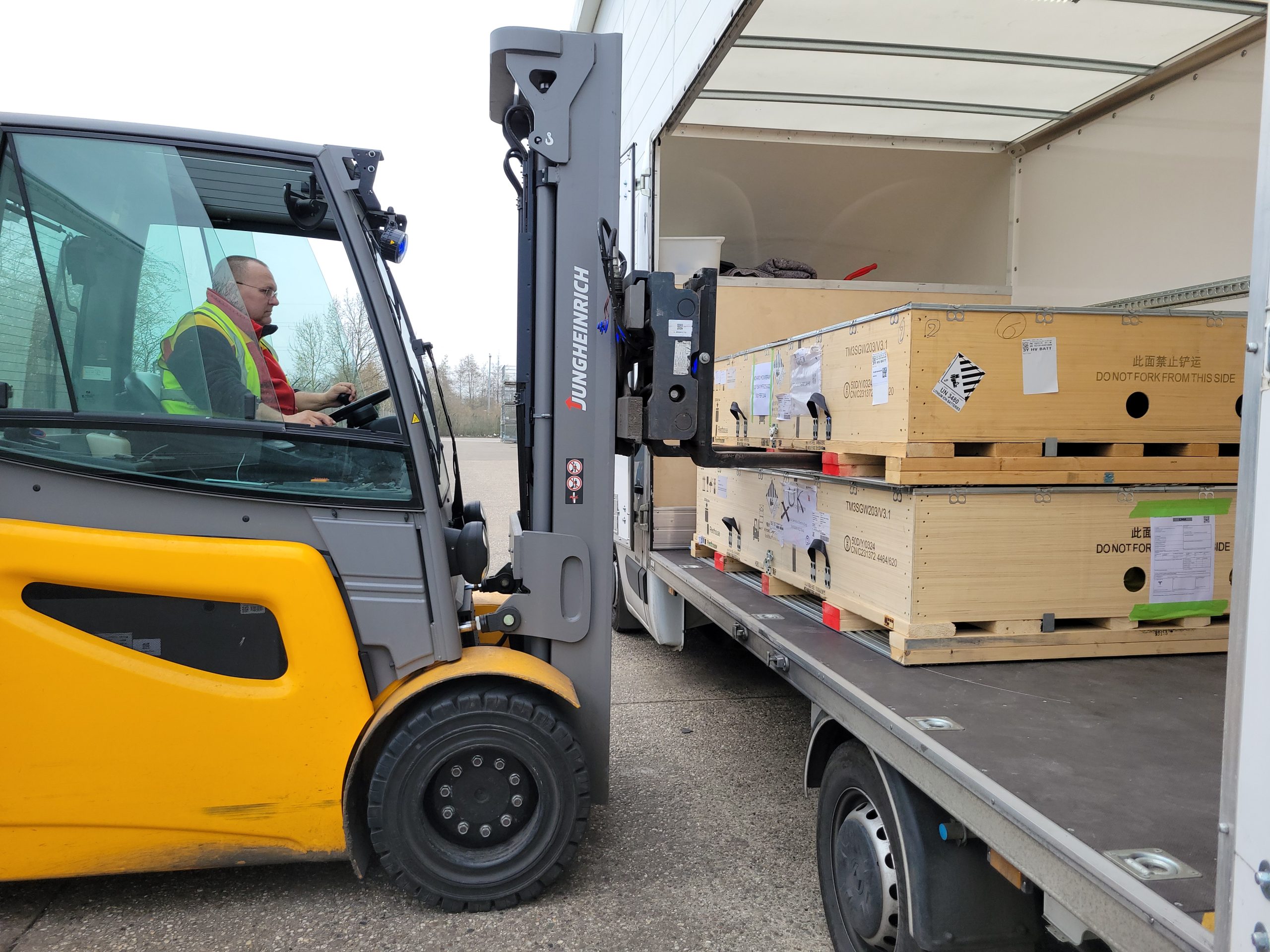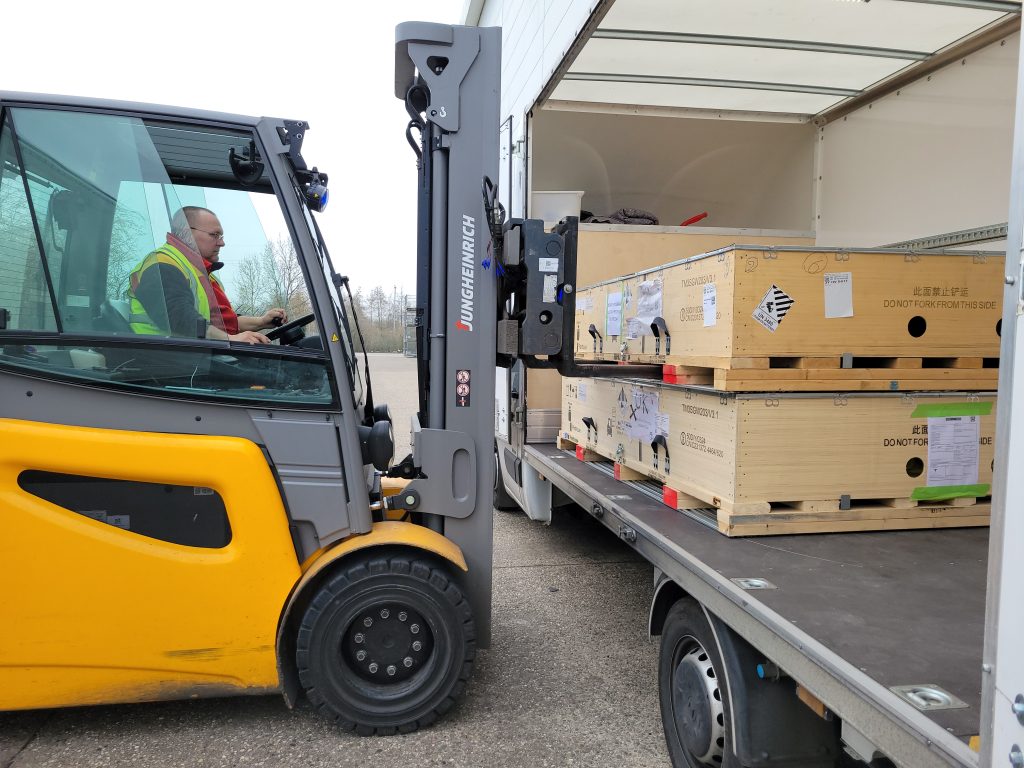The Challenges of Transporting Electric Vehicle Batteries: Procedures, Dangers, and ADR Compliance
Transporting electric vehicle (EV) batteries presents a unique set of challenges, requiring careful planning, adherence to safety standards, and compliance with regulatory frameworks. These challenges stem from the batteries’ chemical composition, size, and the potential risks they pose during transport.
One of the primary difficulties in transporting EV batteries is their inherent danger. EV batteries, particularly lithium-ion types, are highly flammable and sensitive to temperature, pressure, and physical damage. If the battery is punctured, overcharged, or exposed to extreme conditions, it can result in thermal runaway, a dangerous event where the battery rapidly overheats and may ignite or explode. This makes handling and packaging these batteries a delicate task, as any mishandling can lead to catastrophic consequences.
To ensure safety, strict procedures are in place for transporting these batteries. The transport must be done in specially designed containers to prevent damage and mitigate the risk of fire or leakage. Batteries are typically shipped using air, sea, or road transport, each with specific guidelines. For example, in air transport, batteries must be securely packaged, and the state of charge (SOC) is regulated to reduce the chances of ignition.
An essential aspect of transporting EV batteries is compliance with the ADR (Accord européen relatif au transport international des marchandises Dangereuses par Route), the European agreement concerning the international transport of dangerous goods by road. ADR provides a standardized framework for transporting hazardous materials, including EV batteries. It mandates proper labelling, classification, and documentation to ensure all stakeholders are aware of the potential dangers and handle the batteries correctly. ADR compliance also dictates that transport vehicles are equipped with fire suppression systems, safety equipment to protect the driver and environment and that drivers receive specialised training.
Failure to adhere to these procedures can lead to serious risks, including accidents, legal consequences, and environmental harm. As the popularity of electric vehicles continues to grow, it is crucial to maintain stringent safety standards to ensure the safe and efficient transportation of EV batteries, minimising both human and environmental risks.




